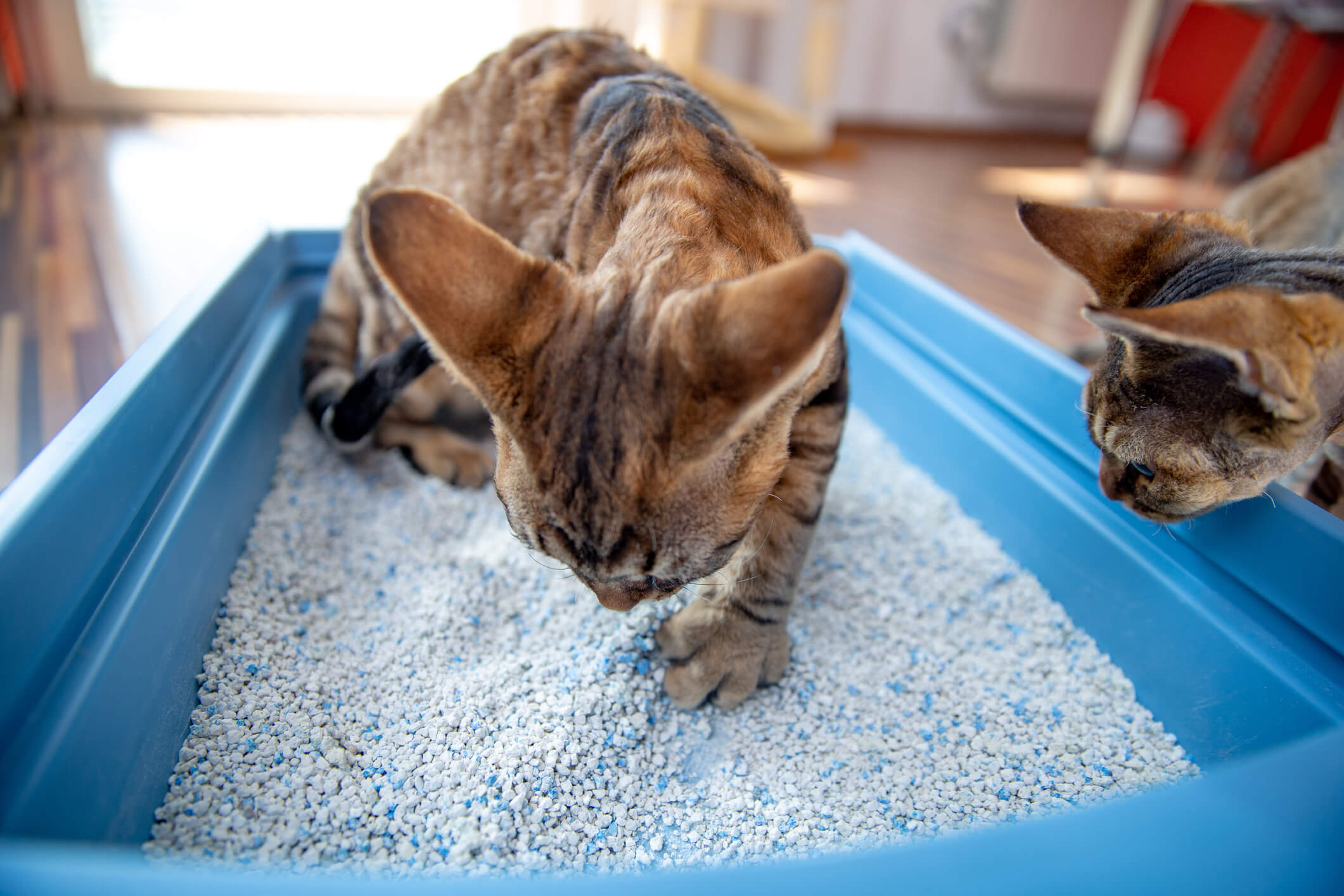
Stool Consistency Can Tell a Lot About Your Pet’s Gut Health
No one knows a pet’s poop better than their owner. In fact, you’re probably more familiar with pet poop than you want to be! Picking up stool is one of the less-glamorous aspects of pet ownership, but a close look in the litter box is essential for keeping their gut health in check. When it comes to pet poop, consistency is everything.
Learn what the poop’s size, shape and consistency is normal for your pet and the signs that their digestive system is out of whack.
Frequency of bowel movements for pets
While diets vary among dogs, the number of times they poop should stay relatively the same. A healthy pup will poop about two or three times each day. However, once a day is fine as long as that’s the norm for your pup.
The size of your dog’s stool should match their breed and the volume of food they eat. Toy breeds produce small stool, while breeds like German Shepherds and Great Danes pass larger stool.
It’s normal for cats to only have one bowel movement per day. Cats might occasionally skip a day, so monitor your furry friend’s litter box usage to make sure they return to their normal schedule. Unlike dogs, the size and shape of cat poop is pretty consistent across all breeds.

What pet poop should look and feel like
Dog poop should be well-formed and hold its shape while lying in the grass. Pet parents can expect to pick up dog stool that’s in one log-shaped piece. The consistency of healthy stool for dogs is firm but not rock-solid. While picking it up with a bag, you should be able to press the stool slightly with your fingers without it completely falling apart.
Healthy cat stool is much smaller and shaped like a Tootsie roll. Cats should produce stool that comes out as one long piece, not a bunch of tiny pellets. Cat poop is much harder than a dog’s because their colons are a lot more efficient at absorbing water. In fact, pet parents have brought their kitties to the vet because they believed the cat was constipated! Hard stool is normal as long as the size and shape stay the same.
Abnormal stool indicates a health problem
Drastic changes in the frequency of your pet’s bowel movements are worth a trip to the vet. A cat becomes constipated if they’ve gone two or more days without passing stool. If your dog poops several times a day, only one bowel movement—or even skipping a day—could indicate constipation, as well. Constipation in dogs and cats has a number of causes, ranging from dehydration to kidney disease. Speak with your vet for a proper diagnosis if your pet appears constipated.
On the other hand, runny or formless stool is considered diarrhea for all pets. Diarrhea usually leads to more frequent bowel movements that are hard to pick up. Causes of diarrhea include stress, changes in diet, parasites and inflammation.
Every pet is different, so determine your pet’s normal frequency and look for deviations from that. For instance, a dog with one daily bowel movement shouldn’t suddenly switch to three or more a day.

Home remedies for boosting gut health
Once you’ve detected changes in your pet’s stool, the first step is to schedule an appointment with your veterinarian. They’ll provide an accurate diagnosis and come up with a treatment plan to get your furry friend back to normal.
Owners can supplement traditional medication with the following natural home remedies:
- Pumpkin puree: No pet can resist a spoonful of canned pumpkin! This delicious treat is packed with fiber but can also firm up stool by removing excess water from the colon. Pumpkin puree can rectify constipation and diarrhea and is safe for both cats and dogs. Start by adding one tablespoon to your pet’s regular food then gradually add more if they react well to it.
- Bland diet: Home-cooked meals give sensitive tummies a break from commercial pet food. Vets often recommend switching to a bland diet for digestive problems until the pet’s bowel movements become regular again. Good examples include cooked white potato or boiled meat with white rice. Don’t use any spices and choose lean proteins like fish, chicken or turkey.
- Probiotics: Probiotics are healthy bacterial cultures that balance out the microbiome in your pet’s intestinal tract. After a few days, probiotics should help stool return to a normal firmness and consistency. You can feed dogs a probiotic capsule with peanut butter or sprinkle powder on their food. Cats are pickier eaters, so ask your vet about probiotic-rich commercial foods.
Remember, what’s considered “normal” differs from one pet to the next. It’s all about learning your pet’s poop routine and detecting deviations from that routine. We might not be able to speak with our pets about how they’re feeling, but their poop sure says a lot!


